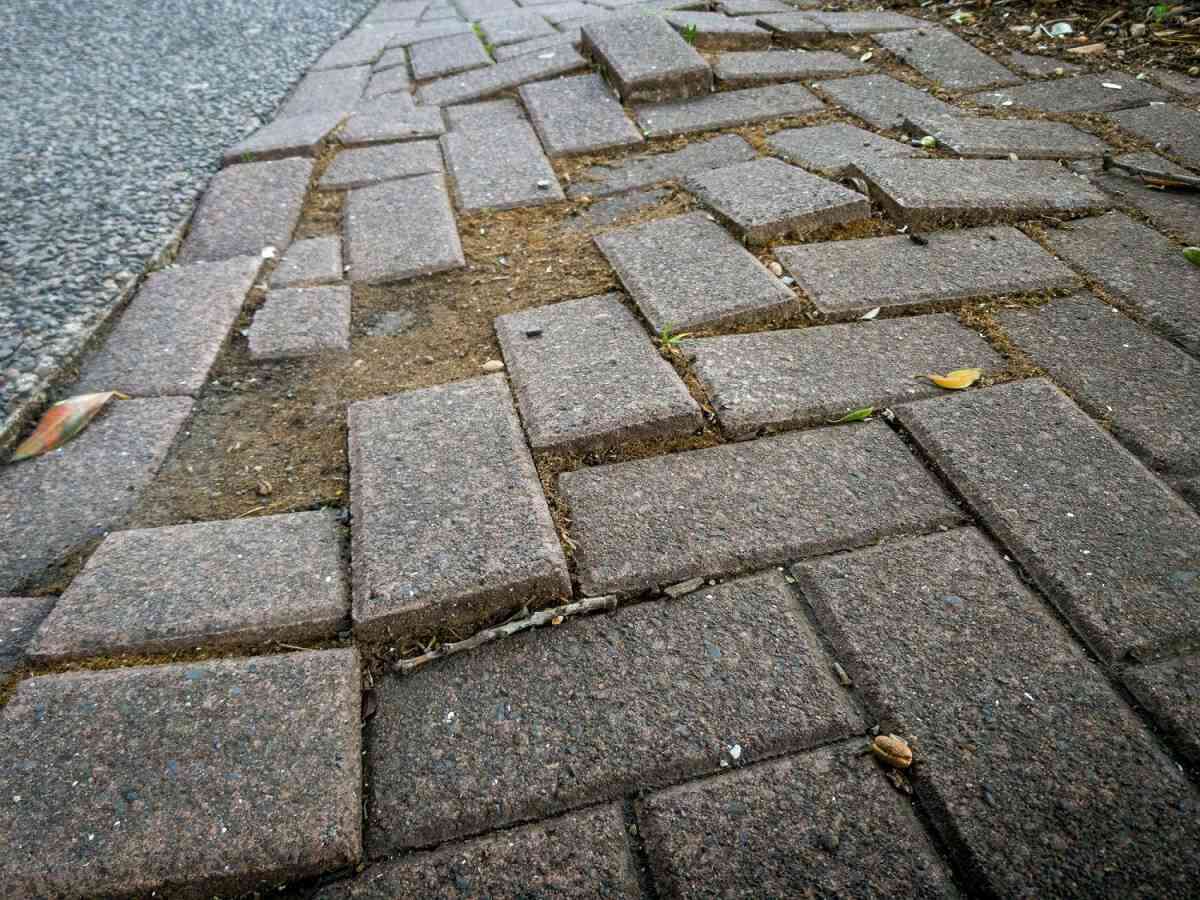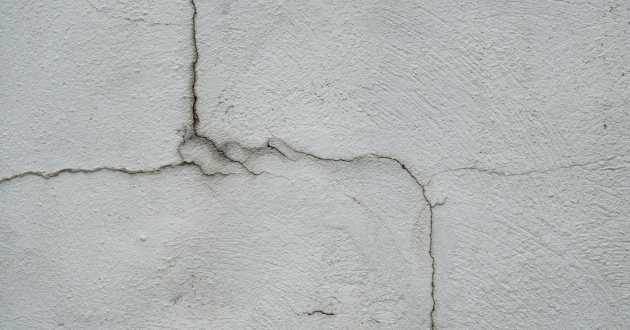Easy Steps To Repair Uneven Floors - A Guide For Homeowners
- - Category: Interior Design
- - 29 Aug, 2023
- - Views: 371
- Save

Tips to remember when trying to fix your uneven floors.
As a homeowner, there is a plethora of maintenance tasks that you need to do regularly in order to keep your home in good shape. One such task is fixing an uneven or sagging floor, which can be a real headache if you don't know what to do. But fear not, as we have put together an easy guide to help you repair your uneven floors in no time! Read on to learn more.
Identify the Problem
The first step to repairing uneven floors is to identify the problem. Typically, unevenness in floors happens due to various reasons such as age, moisture, foundation issues, poor installation, and so on. Therefore, take your time to examine the floor and ascertain the cause of the problem. This action will help you decide on the appropriate repair method to use.
Fix the Subfloor
If the cause of the unevenness is due to a subfloor problem, the most effective way to repair the floor is by fixing the subfloor. Start by removing the damaged subfloor board(s), cut a new board to the same size as the removed one, and install it back using wood screws. However, if the issue is more complex, you may need to seek expert help.
Use Self-Leveling Compound
If you have a concrete floor that has become uneven over time, consider using a self-leveling compound. This material is typically a liquid mixture of cement and other substances that evenly settles over the floor’s surface, creating a smooth and even finish. To achieve the best results, follow the manufacturer's instructions, which typically involve determining the amount of compound you need to use, pouring it onto the floor, and allowing it to settle and dry as per the instructions.
Add Support Beams
If the uneven floor is due to a lack of support beams, you can install new ones to provide the necessary reinforcement. Start by elevating the sagging part of the floor using jacks, and then install new support beams using screws and a drill. Make sure to adjust the beams so that they conform to the correct height according to the level of your flooring.
Lastly, Replace the Flooring
After you have fixed the underlying problem, you may need to replace the flooring, depending on how damaged it is. Depending on your preferences, you can choose to install tiles, wooden, or carpeted floors. Remember to install the new flooring carefully, following the manufacturer's instructions keenly.
In conclusion, fixing uneven floors is a task that can be done by any homeowner with basic handyman skills. The key is to identify the underlying problem, choose the correct repair method, and execute the repairs accurately. Doing so will ensure that you have a stable floor that will last for many years. However, if the problem persists, you may need to seek the help of professional floor repair services, like those at Straight Line Construction, to avoid further damage to your home.



